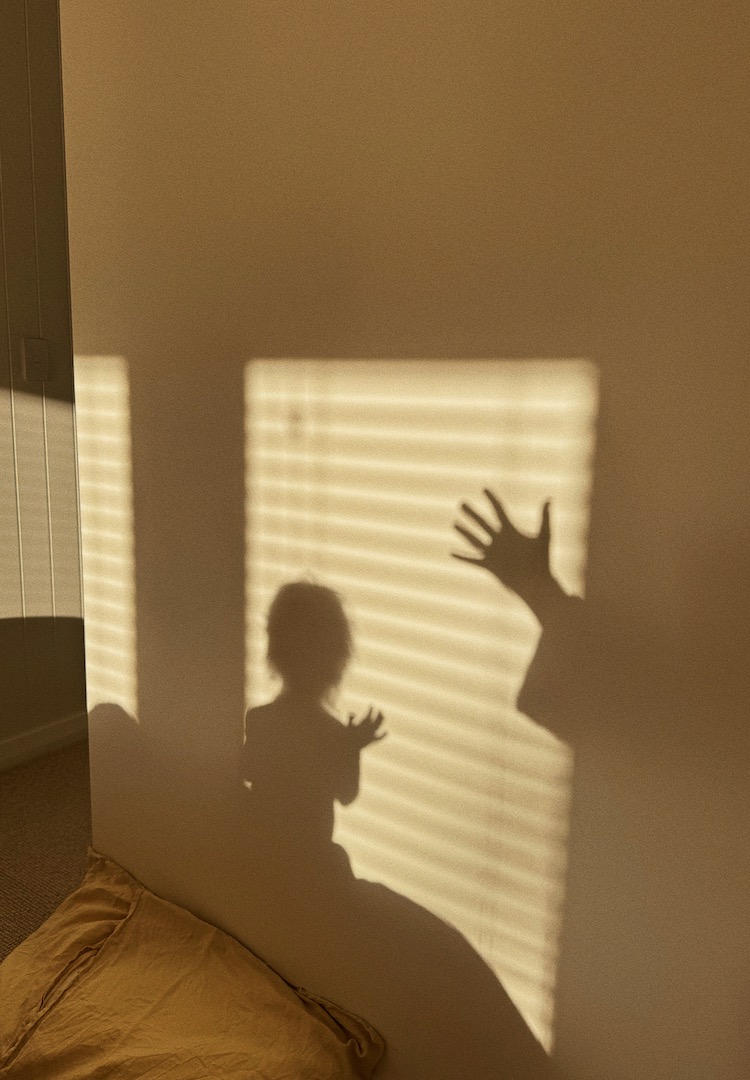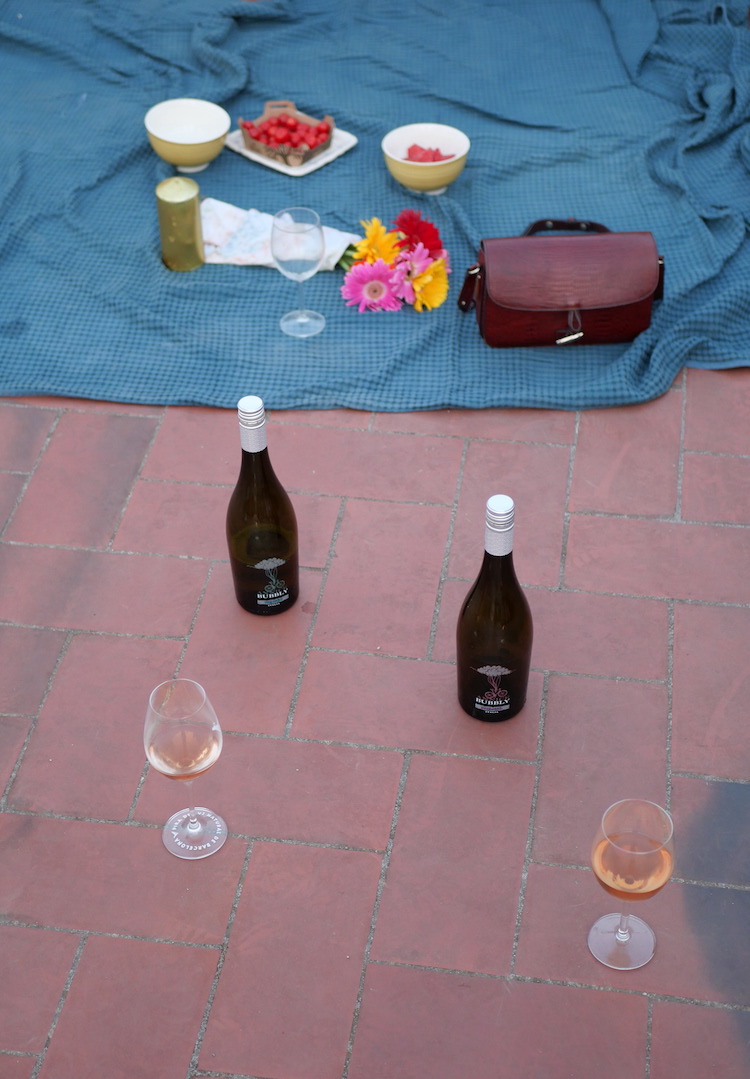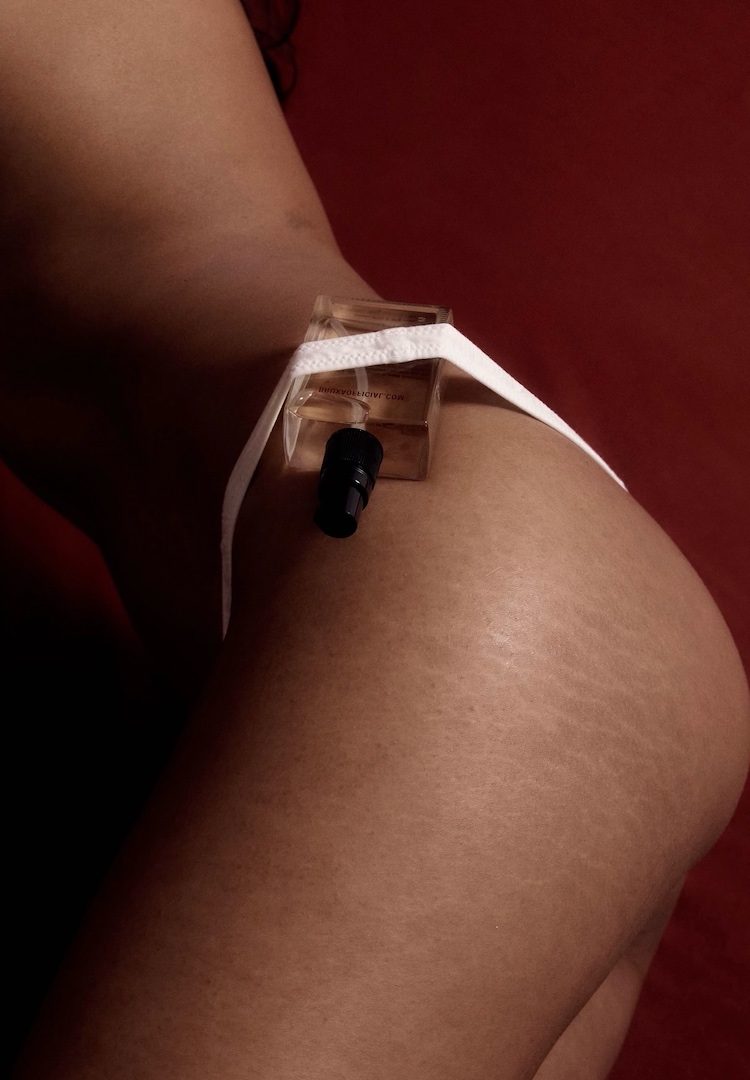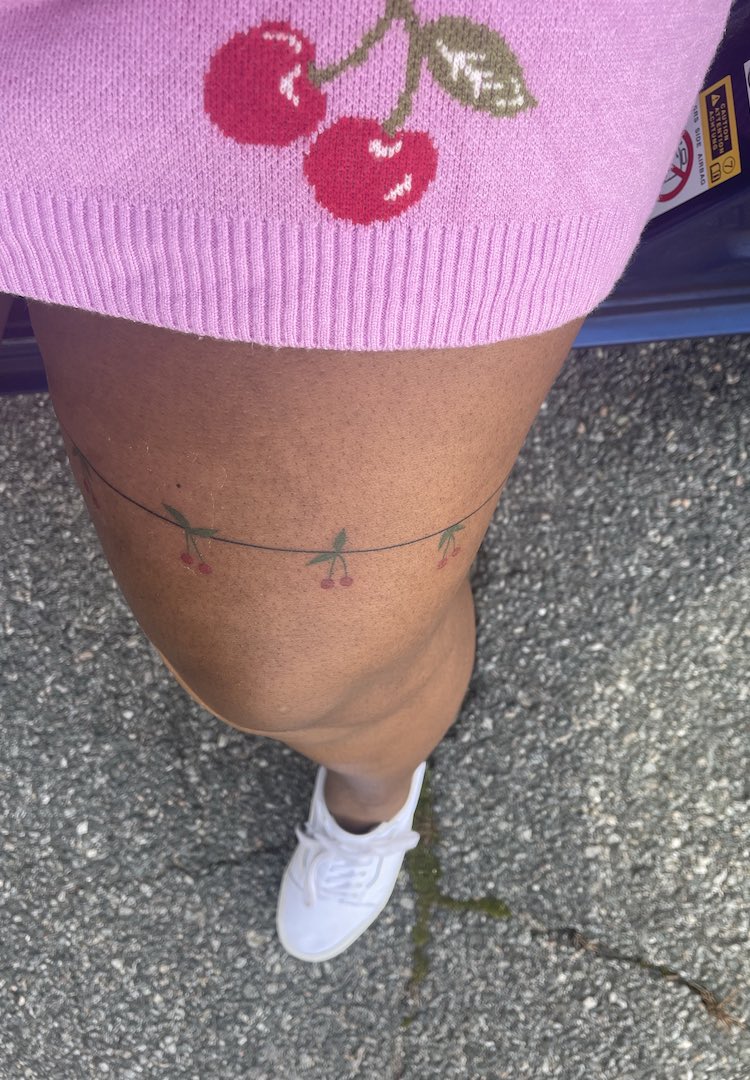Stone Age-era dildos and ‘lucky’ erections: Here’s what sex was like for our ancestors
WORDS BY Mollie O’Sullivan
“The use of a dildo goes back even further than the ancient Greeks and Romans.”
We live in a world where sex is everywhere. It’s on the screens we watch and the billboards we drive by, in the songs we listen to and in the clickbait ads we dismiss.
For more content like this, tap through to our Life section.
Thanks to the internet and apps like TikTok, sex talk is more prevalent than ever. To learn more about the origins of our modern sex lives, I thought it was time to look back through history and see what it tells us about ourselves and our society.
Our bodies are the same as our ancestors
The first thing we should acknowledge is that our bodies have been anatomically the same for the last 100,000 years. This is important to keep in mind. As we look across different points in our history, we get the overwhelming sense that sexual norms are only as true as society allows them to be. As Edward Shorter, a psychologist from the University of Toronto, says, “Just as our bodies tell us what we might like to eat, or when we should go to sleep, they lay down for us our pattern of lust”.
An erect penis was a lucky symbol
If we go all the way back to the ancient Greeks and Romans, we find a society that widely accepted, celebrated and indulged in sex. There are many artistic renditions from this time of homoerotic love, sexual congress, anal intercourse, masturbation, mutual oral sex, giant erect penises (a lucky symbol that stood at nearly every Athenian front door) and engravings of sex with the half-man, half-beast satyrs.
Eros, the Greek god of love and fertility (or Cupid in Roman mythology) was a primal force that created a world where sexual pleasure was something to be enjoyed freely and without any sense of guilt. “The concept of Eros – love – was very broad in ancient times,” says Nicholaos Stampolidis, director of the Museum of Cycladic Art. “Sexual desire was, of course, a component but it was also a unifying force that encompassed the desire for anyone or indeed anything.”
Dildos are as old as the Stone Age
From this ancient time, there are also explicit art depictions and plays that talk of the baubon or olisbos, a device perfectly sculpted for female masturbation and equivalent to that of a modern-day dildo. In fact, the use of a dildo goes back even further than the ancient Greeks and Romans.
Discoveries made of phallic-like smooth, polished siltstone, chalk and antler bones date back to 25,0000 years ago. And if it wasn’t for the incredibly detailed sculpting of the life-sized erect penises, archaeologists wouldn’t have even conceptualised that their use was sexual.
Intricate bronze dildos were also found in the tombs of the Han dynasty, which was an imperial dynasty of China (from 202 BC to 9 AD, 25 AD to 220 AD). “The Han believed that the balance of yin and yang, the female and male spiritual principles, could be achieved during sex.“ says Jay Xu of San Francisco’s Asian Art Museum. “… In this regard, sex, especially if it was pleasurable and lasted for a sufficient amount of time, had a real spiritual dimension.”
Queer couples existed openly 2000 years ago
The first 10 rulers of the Han dynasty, a timeframe covering two centuries, were all openly bisexual. James D. Seymour, a Chinese political scholar and author, notes that relationships between same-sex were, “widely accepted and sometimes formalised by marriage,” adding that “almost all of the emperors of the last two centuries BC had ‘male favourites’.’ He also notes “serious homophobia didn’t seem to appear in China until the Song dynasty, which was founded in 960.”
One of the oldest scriptures prioritises female pleasure
In India during the Gupta Golden Age (320 AD to 550 AD), a book written by religious student and philosopher, Vatsyayana, has become one of today’s most popular written texts on sex. The Kama Sutra or Kamasutra is a religious Hindu text focusing on achieving desire and passion.
“What is especially unique about the [book],” says Anne Hardgrove, author and Professor of History at The University of Texas at San Antonio, “is that it maintains a special focus on creating pleasure for the woman. A man who fails to provide and bring about those pleasures is subject to a woman’s recourse, that is, to seek pleasure elsewhere where she may find it.”
While this snapshot is brief, it does focus on a time when different sexual desires could naturally coexist and female pleasure was prioritised. And while TikTok has done a great job at opening up the conversation, we‘re only just gaining back what we lost to history’s shifting cultural norms.
Mollie O’Sullivan is the co-founder of the sexual wellness boutique, Hall of Harper. Find out more about it here.













